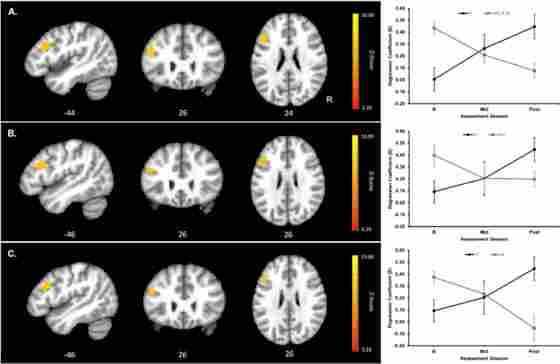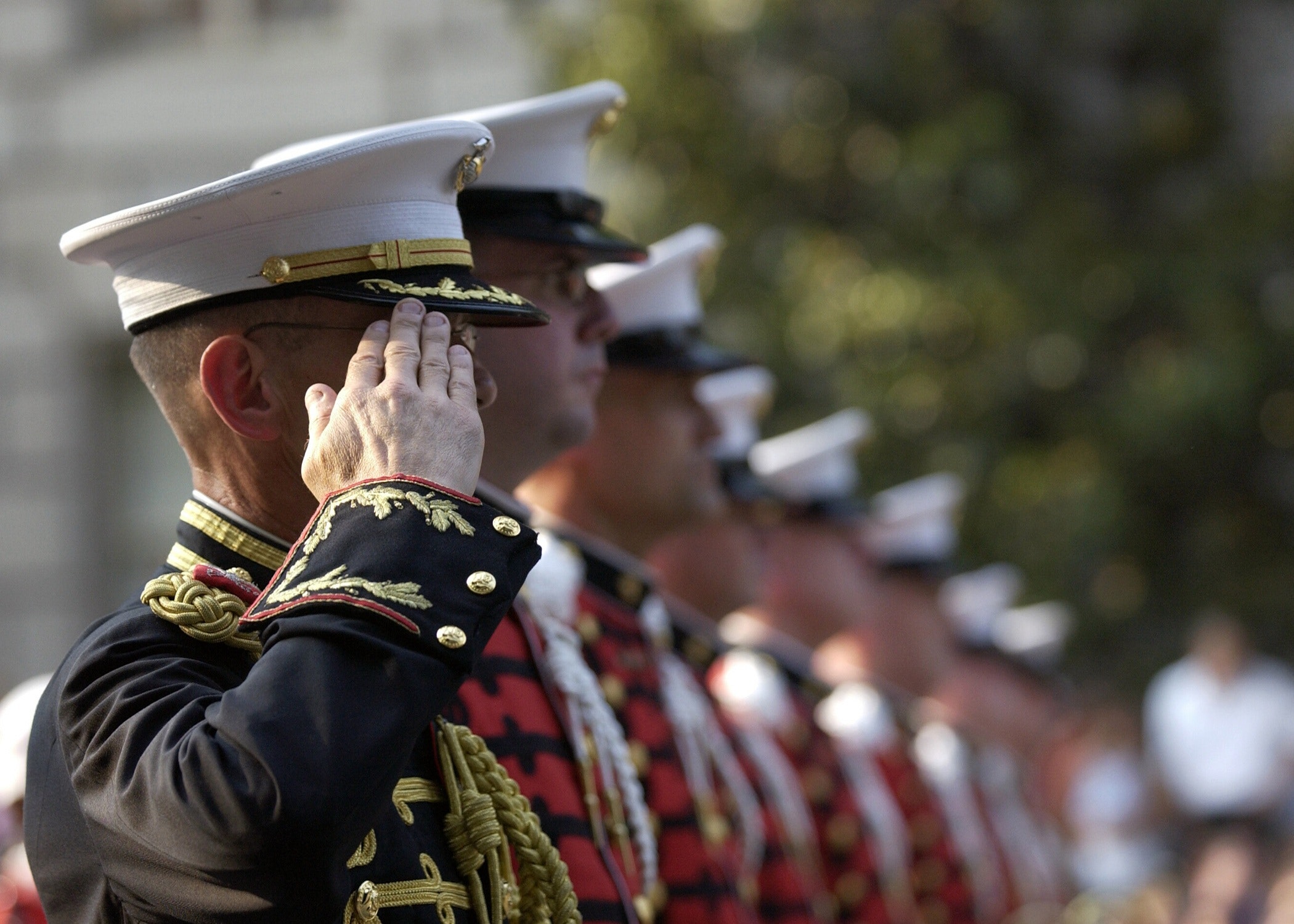Overview
This randomized trial explored changes in processing speed for adult participants to better understand the specific performance improvements that result from cognitive training. The trial utilized 31 healthy older adults (57-71 years), and split them into one of three groups: a cognitive training (CT), physical training (PT), or wait-listed group. Over the span of 12 weeks, the cognitive training group was taught methods of strategic attention, integrative reasoning, and innovation. Results were measured for all participants through an fMRI speed processing task, which measured the speed of participants’ responses as well as the level of activation present in participants’ brains. Though all three training groups showed improvements in reaction time, the CT group’s improvements were the most significant. In addition to reduced response time, brain activation for CT participants decreased, while WLC and AC group activation increased. Faster reaction time coupled with decreased activation in the CT group suggests more efficient brain function.
Cluster showing significant Group × Assessment Session interaction contrast of RT-related parameter estimates and mean RT-related parameter estimates as a function of assessment session and group extracted from the peak voxel within the cluster (peak voxel MNI coordinates shown below the images). Upper panel (A) shows a significant cluster in left prefrontal cortex (PFC) for the CT versus combined WLC and AC group contrasts (k=210 voxels; cluster-wise α=.05 requiring k=82 voxels at a voxel-wise Z=3.28 and α=.001); middle panel (B) shows significant cluster in left PFC for the CT versus WLC group contrast (k=139 voxels; cluster-wise α=.05 requiring k=116 voxels at a voxel-wise Z=3.28 and α=.001); and lower panel (C) shows significant cluster in left PFC for the CT versus AC group contrast (k=126 voxels; cluster cluster-wise α=.05 requiring k=126 voxels at a voxel-wise Z=3.28 and α=.001). Image orientations are in neurological convention indicated with R=Right. Red to yellow indicates increasing strength of the Group × Assessment Session interaction contrast. For assessment session, BL=baseline, Mid=6 weeks into the training or waiting period, and Post=post-training or post-waiting period. Black=Cognitive Training (CT) group, gray=combined Wait Listed Control (WLC) and Active Control (AC) group in A, gray=WLC group in B, and gray=AC group in C. Errors bars show SEM.







